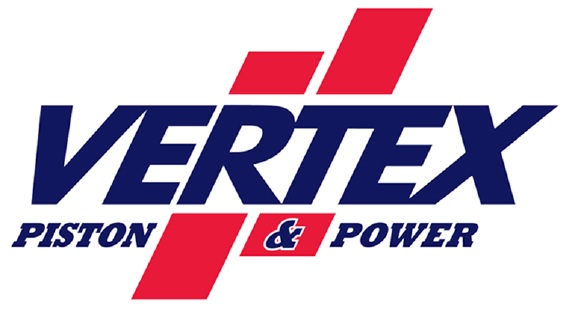


In the Properties tab, specify the X, Y, and Z coordinates for the vertex's location. Under Mesh Operations > Create, double-click Create Vertex. To create a vertex procedurally using a mesh op: 1. Tip:For more information on procedural modeling and mesh operations, see Procedural Modeling with MeshOps.

It works the same way as its direct modeling equivalent. Procedural Create VertexĬreate Vertex is also available as a mesh operation. The vertex is visible in the 3D model view. In the Create New Vertex dialog, specify the X, Y, and Z coordinates for the vertex's location. To do so, choose Geometry > Vertex > Create. The results show that under different support thresholds, the distributed association analysis algorithm has shorter running time.You can create vertices one at a time by specifying their location in 3D space.
#Vertex itab 3 verification
Finally, the simulation verification of the corresponding algorithm is given. In many respects, such improvement provides good technical support for the management of alarm information in heterogeneous networks. One of them is the significant reduction in the candidate set in the alarm database, which can greatly help us improve the efficiency of alarm correlation analysis in heterogeneous networks, thereby further reducing the time required for our alarm correlation analysis. Combined with the structural characteristics of heterogeneous networks, the proposed distributed analysis model has many potential advantages. In the aspect of alarm analysis of heterogeneous networks, this paper proposes a corresponding distributed alarm analysis model and corresponding distributed association analysis algorithm. Therefore, an efficient and flexible alarm handling scheme will become especially important in the alarm management of heterogeneous networks. With the continuous development of heterogeneous networks, the structure and scale of the network are becoming more and more complex, and the difficulty of processing network alarm information is also increasing. Both approaches were found to provide compatible results.
#Vertex itab 3 code
Simulation results of the DEBORA experiment achieved with the MUSIG model implemented in the ANSYS CFX code in other work have been compared to the simulation results by the IATE model implemented in OpenFOAM to test the competence of the one-group IATE to provide good prediction of subcooled boiling flow parameters. Predictions of the gas volume fraction, gas velocity, bubble Sauter mean diameter and liquid temperature profiles were in a good agreement with the experimental data. To validate the capability of the newly developed OpenFOAM solver, it has been used to simulate the upwards sub-cooled boiling bubbly flow in the DEBORA test facility. The IATE was modified to include the effect of bubble nucleation at the wall and condensation in the bulk region that governs the non-uniform bubble size distribution. The one-group interfacial area transport equation (IATE) was coupled to a wall heat flux partitioning model in the framework of two-phase Eulerian approach using the OpenFOAM CFD code for better prediction of sub-cooled boiling flow.


 0 kommentar(er)
0 kommentar(er)
